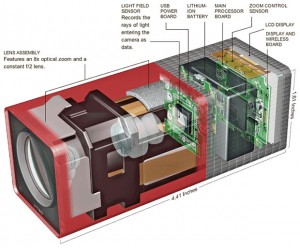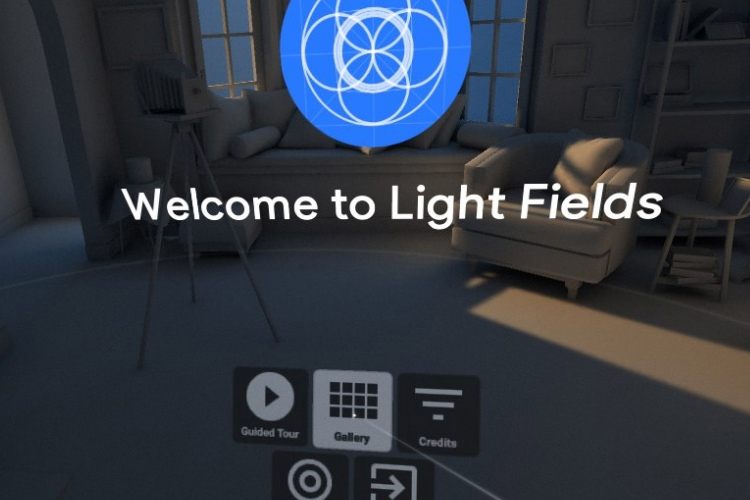Lytro Specifications: A Deeper Look Inside
Are you really interested in the details of Lytro’s LightField Camera? Is the official information not enough for you?
 Here are some interesting bits & pieces of information about Lytro’s LightField Camera that have accumulated in my virtual notebook over the last few months.
Here are some interesting bits & pieces of information about Lytro’s LightField Camera that have accumulated in my virtual notebook over the last few months.
All of these details were mentioned on the web and/or in public presentations (sources are given at the end of the article), but they’re not quite as publically available as the standard information. One of these presentations was a technical introduction to plenoptic imaging by Lytro CTO Kurt Akeley at the University of Washington, titled “A different perspective on the Lytro light field camera”.
How many microlenses are in a Lytro camera?
There are about 100,000 microlenses (the actual number is “a little higher”) in each Lytro’s microlense array. Microlense pitch is 13.9 µm. The more (micro-)lenses you put into an array, the smaller the depth of field gets.
What is the closest point a Lytro camera can focus on, at different zoom levels?
In Everyday Mode, the minimum focus distance is 0.1 m at 1x zoom (zoomed out completely) and about 7 m at 8x zoom (full zoom). More zoom steps: 2x zoom … 0.4 m; 3x zoom … 1.0 m; 4x zoom … 1.7 m.
What kind and size of imaging sensor does the Lytro camera use?
The first generation LightField camera by Lytro features a 6.5 x 4.5 mm CMOS sensor, which is a bit smaller than most point ant shoot sensors (1/2.3″) and a bit bigger than an iPhone sensor (1/3.2″):
What exactly is Creative Mode, really?
Creative Mode allows you to change the refocus range. Creative Mode uses an autofocus motor that you can feel when setting the center of refocus range. The Depth of Field is controlled by the level of zoom applied: The more you zoom in, the bigger the depth of field gets.
How long did it take to develop the Lytro camera?
From initial research to market release, it took about 9 years. Ren Ng started his PhD studies in 2003, and founded the company in 2006. The first cameras finally shipped in February 2012.
From just a handful of people, the company has grown to over 100 employees, and has raised approx. 50 million dollars in investment.
What’s next for Lytro?
Future development options that Akeley mentioned in his talk were: CMOS sensors, more pixels, faster and cheaper lenses, LightField video (the biggest issues being the efficient computation of projections and compression) and parallax displays (individual automatic projection to each eye, glasses-free 3D).
What more can you do with two buttons?
In terms of “hard controls”, camera only has an on/off button (bottom), a shutter button (top), a touch zoom slider (and of course the touchscreen). Is there more you can do, other than switching on/off and taking pictures?
- Hard reset: Press and hold the power button for (up to) 40 seconds, then release it. The camera will then reset itself. Any pictures on the camera will be unaffected.
- (If you find another combination that does something, let us know in the comments!)
via, via, via, via, Pictures via, via







Recent Comments